
Tis the season for coming-year projections. This is a ritual we’ve taken part in, including a long report and series of articles on the top learnings from 2020 and outlook for 2021. But one of our favorite thought leaders and market watchers is the “man from the future” Tom Emrich.
Emrich has been doing annual wrap-ups for some time on Medium (now on LinkedIn), as well as monthly extensive roundups of AR and VR happenings throughout the year. His latest exercise is a 2021 outlook and a companion virtual event held by 8th Wall, where Emrich is VP of product.
We’re featuring that address for this week’s XR Talks, including embedded video and narrative takeaways. We’ve organized those takeaways below in the same format that Emrich presents them — a list of 10 selected 2021 predictions from his broader list of 21. Let’s dive in…

1. Enter fashionable smartglasses
An important realization emerged last year: smart glasses need “wearability” to have a shot at mass-market adoption. This sentiment was accelerated in several clues that indicated Apple’s rumored AR glasses will lean more towards fashionable frames than graphically-intensive ones.
We’re seeing similar signs from others early in 2021 with Vuzix and others taking the “wearability” design route. But Emrich warns: don’t lose sight of the true and eventual AR endpoint which will be more world-immersive AR experiences that go beyond heads-up displays.
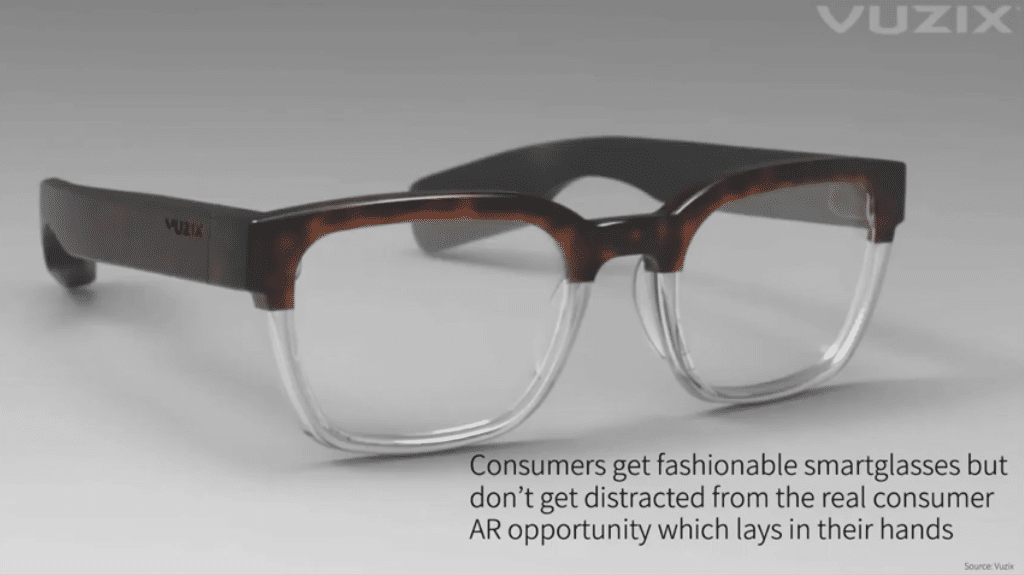
2. Spatial sensors transcend the camera
AR is often considered in light of its visual experiences. But the concept of audio AR has been floated and was advanced this year with spatial audio in the Airpods Pro. This could support Apple’s multi-device ecosystem approach to AR (including glasses) that tap into several senses.
And it doesn’t end there…

3. The year of the QR code
The QR code has had its ups and downs. But several macro-factors indicate that its time may be upon us. Gen-Z’s camera affinity and other factors have fertilized the soil for the QR code to blossom and become a go-to print, point of sale, and product packaging component.
Notably, AR has the opportunity to piggyback on the QR code’s rise, as it’s a reliable way to launch AR experiences. In fact, AR needs that nudge to remind consumers that it’s there. With AR-enabled QR codes, brands can bring static packaging or retail signage to life.
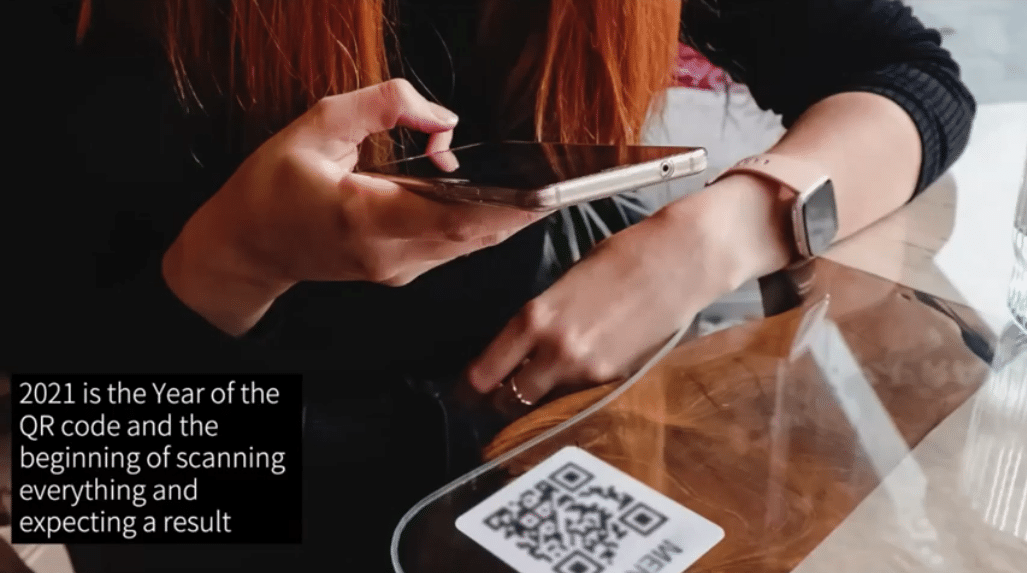
4. Desktop webcams: AR’s next conquest
2020 saw a surge of sheltered masses flock to Snap Camera — the add-on that brings Snapchat selfie lenses to your favorite desktop teleconferencing platform. That plus the rise of tools like Loom.ai signal a greenfield in augmenting your distanced and digital interactions.
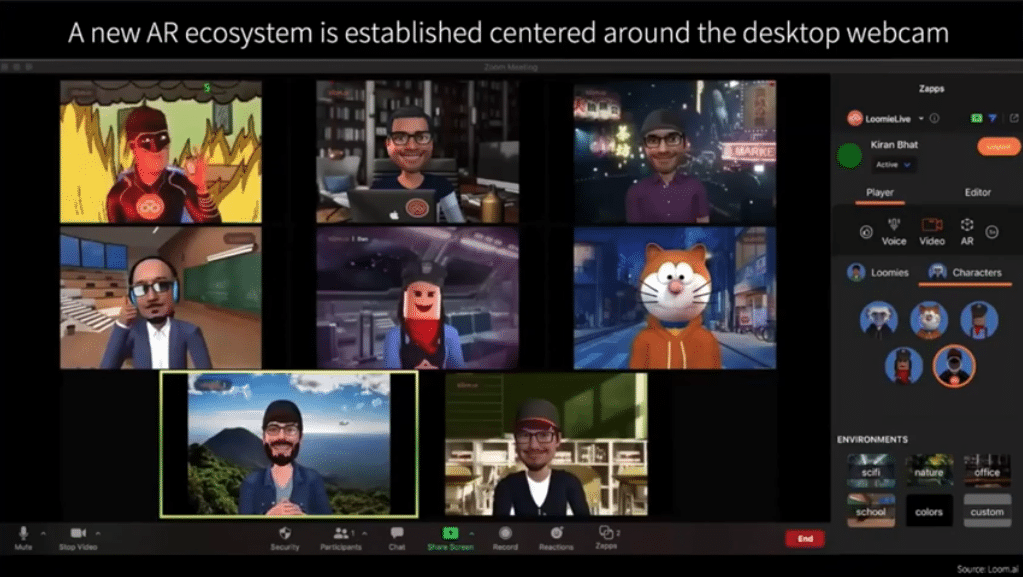
5. AI + AR = new levels of storytelling
AI is often mentioned in the alphabet soup of technologies that will be a force multiplier for AR. One of the key ways this will play out is in realistic interactions for virtual avatars. That in turn enables several possibilities for new forms of storytelling on social media.
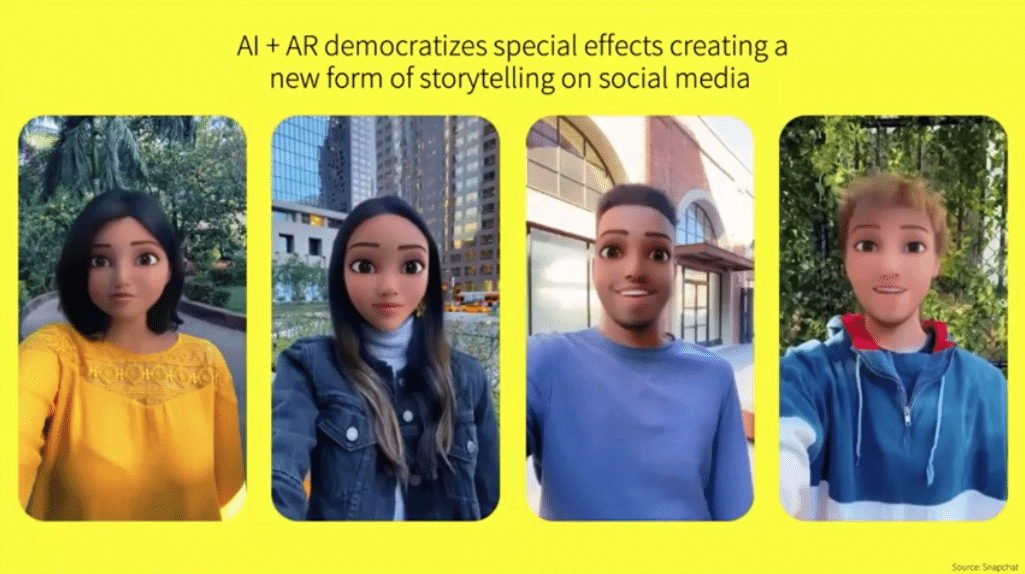
6. AR joins the go-to-market playbook
AR has proved itself among early-adopter brands to be a great companion to product launches. That includes everything from consumer goods to recording labels. The latter can push sales and exposure by letting fans bring artists into their living rooms (social-distancing friendly…).
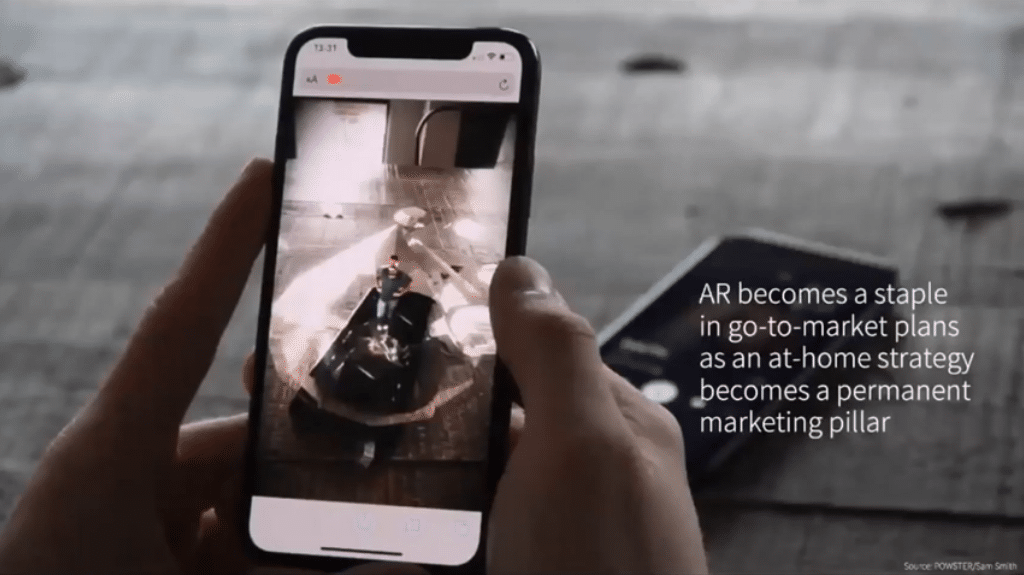
7. Immersive AR stores join the eCommerce mix
Also in the category of Covid-era innovations that could stick around, virtual stores popped up in 2020 to give consumers the immersive retail experiences they miss so much. This happened from NYX and Louis Vuitton’s AR-portal store on Snapchat among others. Expect more…
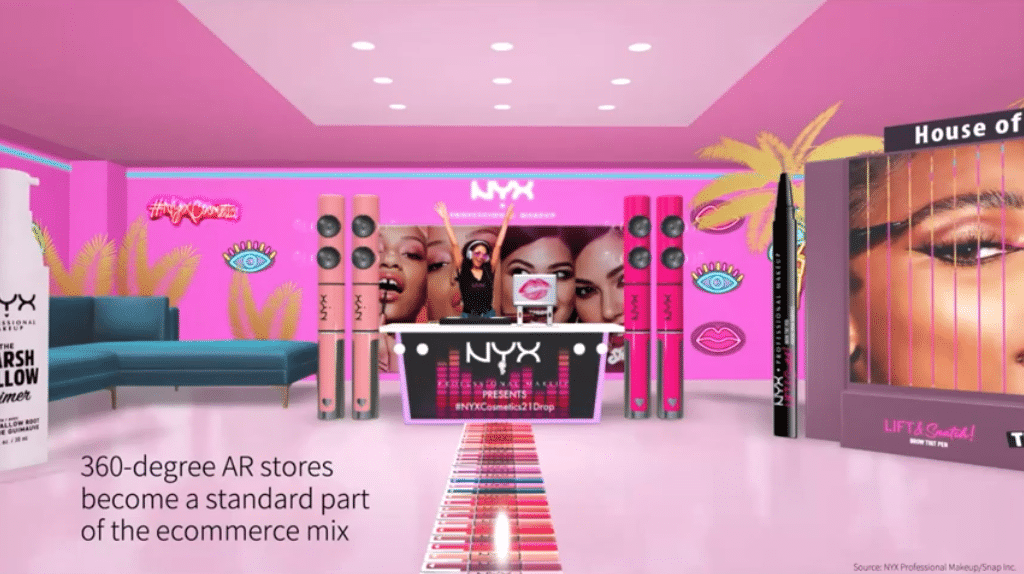
8. Websites add AR en masse
Websites are the base ingredient of online presence, and are still table stakes after all these years. Websites have of course evolved a great deal to include magazine-like modern design and interactivity. AR could be the next step in that evolutionary path for the web’s oldest format.
This involves AR calls to action on a 2D website that onboard users to mobile AR (second screen) experiences. It could also involve the “desktop AR” systems we examined yesterday which create hologram illusions from your desktop. Soon AR could likewise become “table stakes.”

9. Dedicated AR devices find a home
One of our favorite concepts is “AR somewhere.” Coined by Tilt Five’s Jerri Elsworth, it supports focused AR experiences that are built for a single purpose and place. This lets developers shed hefty requirements of AR that accommodates “AR everywhere” (a.k.a. AR cloud).
This concept of focused AR experiences has found fertile soil with toys and games. Emrich points to Tilt Five and Mario Kart Live as models for the dedicated AR approach. Lowered friction could also bring more people into AR as a stepping stone towards the eventual “AR-everywhere.”

10. Broadcast embraces AR
Like we mentioned for websites, broadcast TV — though old-school — is going strong. It’s still the medium with the greatest reach. But to continue to hold that crown, broadcasters and networks need to accommodate the Snapchat generation. That could mean the marriage of AR and TV.
This would make TV less passive says Emrich, including interactive companion experiences. The other factor that supports this outlook that it’s the next logical evolution of behavior that’s already established — second-screen viewing. That’s right, the second screen meets the third dimension.
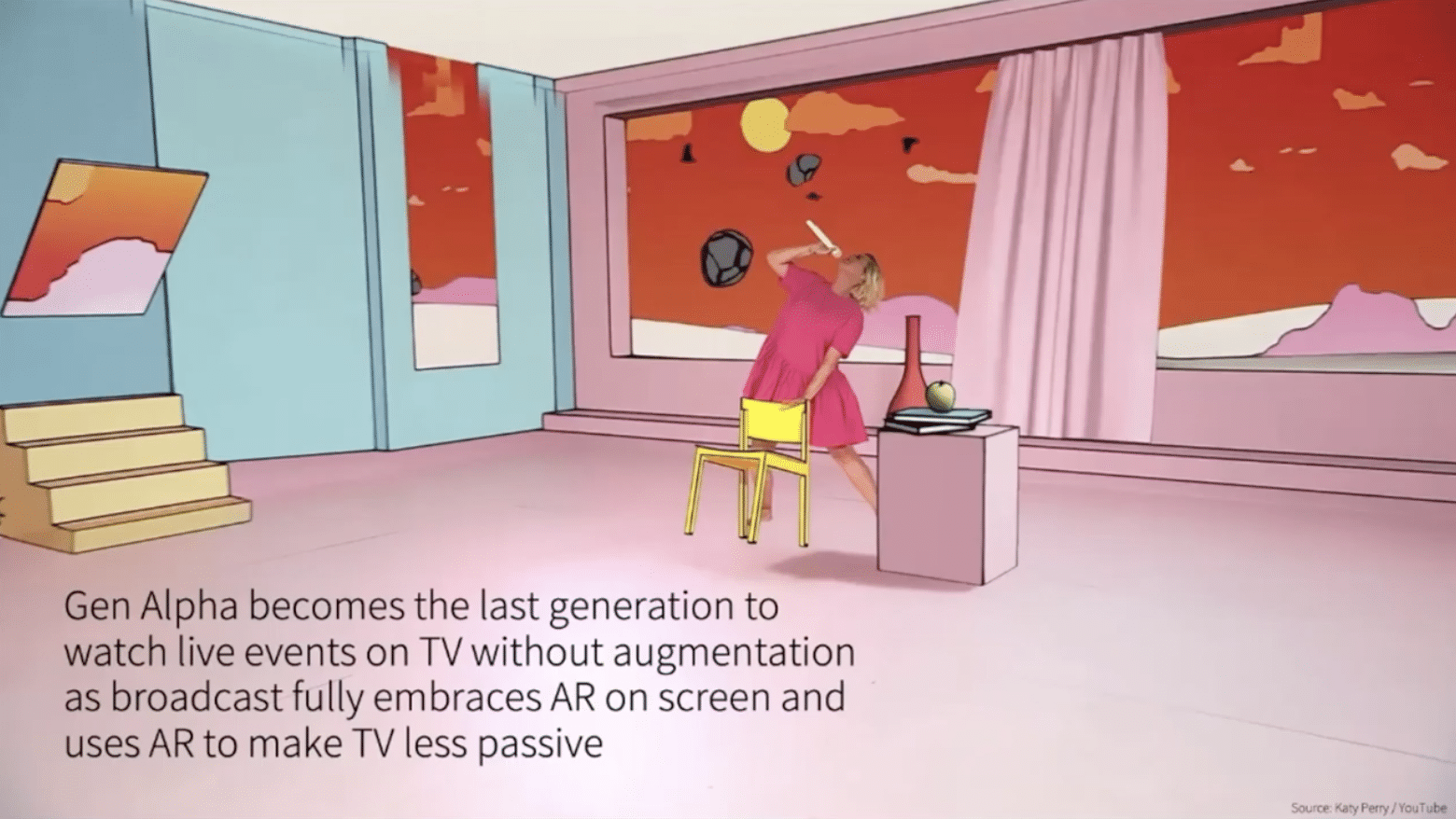
See the full video below for all 10 predictions fleshed out with Emrich’s commentary. Also check out the upcoming AWE Nite SF VR event: Looking Back & Looking forward, where Emrich will go deeper (disclosure: we help produce AWE Nite SF events as part of the production team).

